Whether you want to capture the majestic ridge lines of Denali National Park or shoot the annual salmon migration, capturing that epic Alaskan shot requires patience, grit, and most importantly, the right gear.
A land of incomparable beauty and infinite wilderness, Alaska is the outdoor photographer’s dream destination. Overflowing with iconic American wildlife, pristine glaciers, and polychromatic tundra fields, Alaska’s scenic and wild ecosystems charm visitors year-round.
Pin this for later!
Ask any seasoned Alaskan photographer, and they’ll tell you that the key to a successful photograph starts with having brought the right gear.
Below, you’ll find a simple gear guide for photographing on Alaska’s wild and remote frontier. You don’t have to be Bear Grylls or a National Geographic photographer to succeed in the Alaskan backcountry — you just have to have come prepared.
Light-Weight Tripod
For that silky-smooth waterfall look or those long landscape exposures, you’ll definitely want to bring a good travel tripod. Preferably one that is lightweight, packable, sturdy, and easy to carry into the backcountry. A good backcountry tripod should weigh between 2-4lbs, and you’ll want a remote release. Click here for photography tips to correctly and effectively use a tripod.
Waterproof Camera Backpack
Alaska weather is as beautiful as it is unpredictable. One minute you’ll be basking in the glorious midnight sun, and the next minute it will be raining (or even snowing!). Because photography gear is expensive and heavy, it’s important to choose a pack that is both comfortable and waterproof. It’s an added bonus if your pack doubles as a carry-on so you don’t have to check your precious gear at the airport. This bag works wonders!
Sandisk Extreme Portable SSD Drive
There is nothing worse than losing a day’s worth of epic alpine shots to a disk error or a lost DSLR. That’s why experienced travel photographers upload and backup their photos at the end of every day. The Sandisk Extreme Portable SSD Drive provides the ultimate solution for on-the-go adventure photographers. Its rugged and sleek design allows photographers to save and edit high-resolution photos from the comfort of the road. And, as an added bonus, it’s so small that it fits inside your pocket and even has a notch to attach it to your gear via a carabiner.
Back-up Batteries
Any photographer worth her salt will tell you that one of the most important things to bring along is a set of backup batteries (especially if you plan to shoot at altitude or in colder climates). The chemical reaction in batteries slows down in cold weather, so it pays to keep a spare set of batteries nice and toasty in your coat pocket!
Off-the-Grid Mobile Maps
Many of Alaska’s most photogenic destinations involve long hikes across rugged terrain, overnight camping trips, or wild journeys through the backcountry. With limited to no cell-service in these remote and isolated landscapes, it’s important that you come prepared. Download Mapsme, an offline mobile map that will help you navigate off the grid in a pinch! You can also download sections of Google Maps to use offline as well!
A Microfiber Lens Cloth (or two!)
When in shooting in the Alaskan wilderness, one thing you’ll definitely want on hand is a microfiber lens cloth (maybe even two…a big one and a small one) to maintain and clean your lenses on the go. These come in handy if you’re photographing near the waterfalls, rapids, water features, or other misty conditions (i.e. if you plan to hideout by a river bed and capture that jumping salmon shot). TIP: Keep them in a resealable plastic bag to keep them dry. These should do the trick.
Polarizer Filters
One of the many challenges of being a landscape photographer is that it can be difficult to arrive to a remote destination during optimal lighting conditions. Oftentimes a rain delay or pregnant-mother-moose scenario can cause you get to a site too late in the day. Polarizer filters allow you to darken and add contrast to skies (especially if you arrive at high-noon) or to improve the glare on certain objects. In a world where many things can be filtered digitally later on, this is still one filter that is better pre-processing.
The Alaska App
For all your Alaska Tourism needs, this handy app contains audio guides, restaurant recommendations, and daily weather forecasts for the midnight sun state. Use it to plan your next photo-expedition (and to find the perfect post-trail brewpub).
Camera Body and Lenses
Last but not least, camera bodies and lenses tend to come down to your personal preference and the subject of your photographs. It is important to find a camera that works for you and suits your budget. If you want to shoot landscapes, you’ll want a wide angle lens, and if wildlife is your thing, consider getting a long, telephoto lens. For lifestyle shots, we shoot with the Samsung NX1 or Canon 7D will do the trick. If you’re going deep into the Alaskan back-country or on glaciers, a weather-sealed camera is essential. For more recommendations on camera bodies and lenses feel free to reach out to me below!
When photographing in Alaska, it pays to come prepared! This simple guide was designed to maximize your effectiveness in the field and to help you capture Alaska’s unforgettable moments.
So go out and get that bear shot, that glacial sunrise, that breaching humpback whale…And then, in true Alaskan style, raise a beer to the final frontier.
This post contains affiliate links. When you click on a link and make a purchase, I receive a small commission for the sale. Thank you for letting me share some of my favorite products and finds with you – I appreciate your support by shopping through these links!

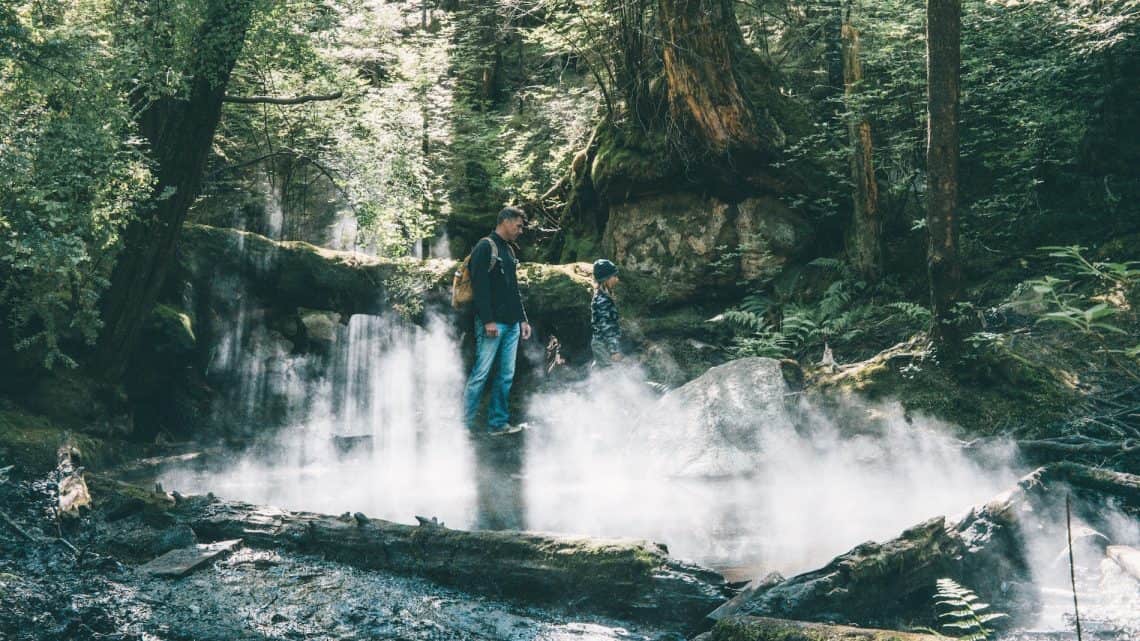
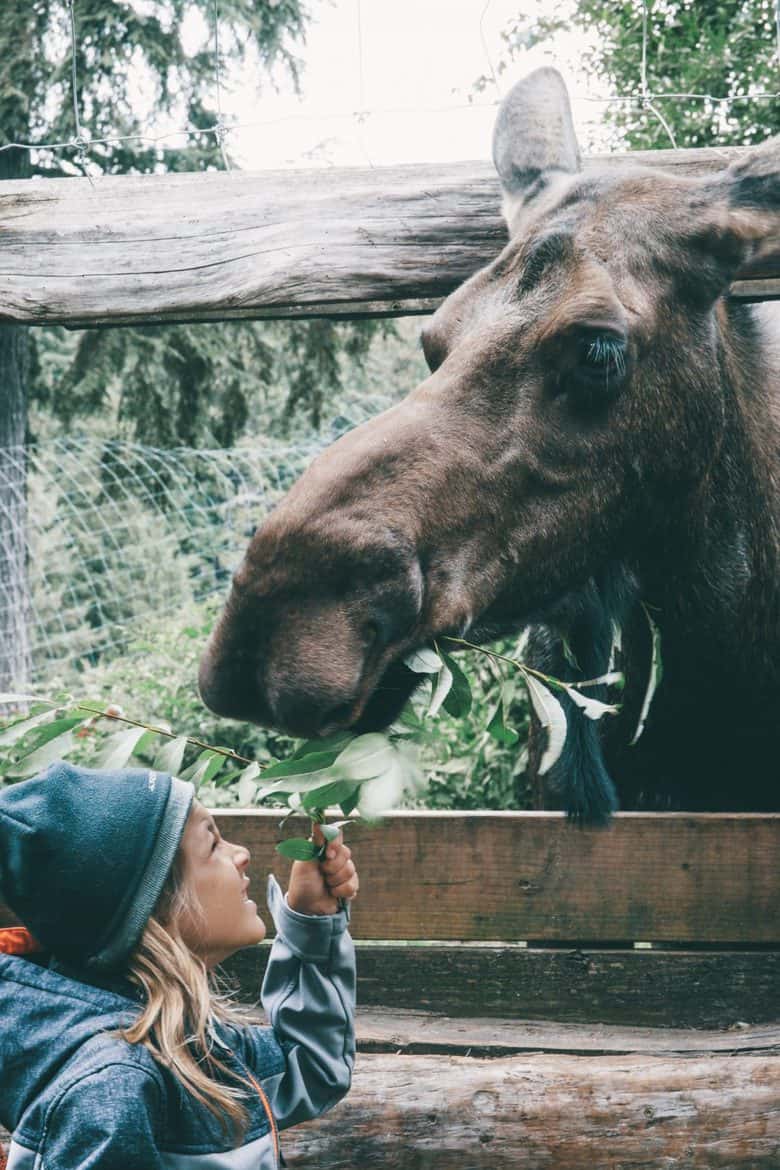
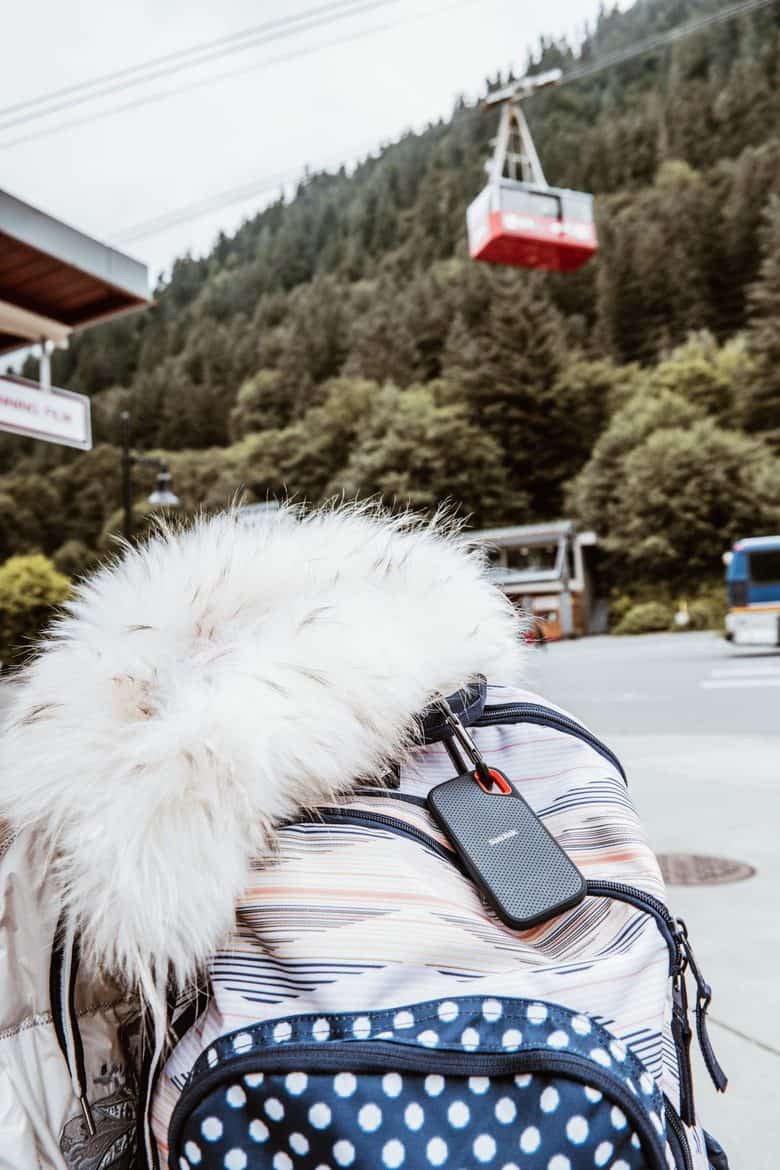
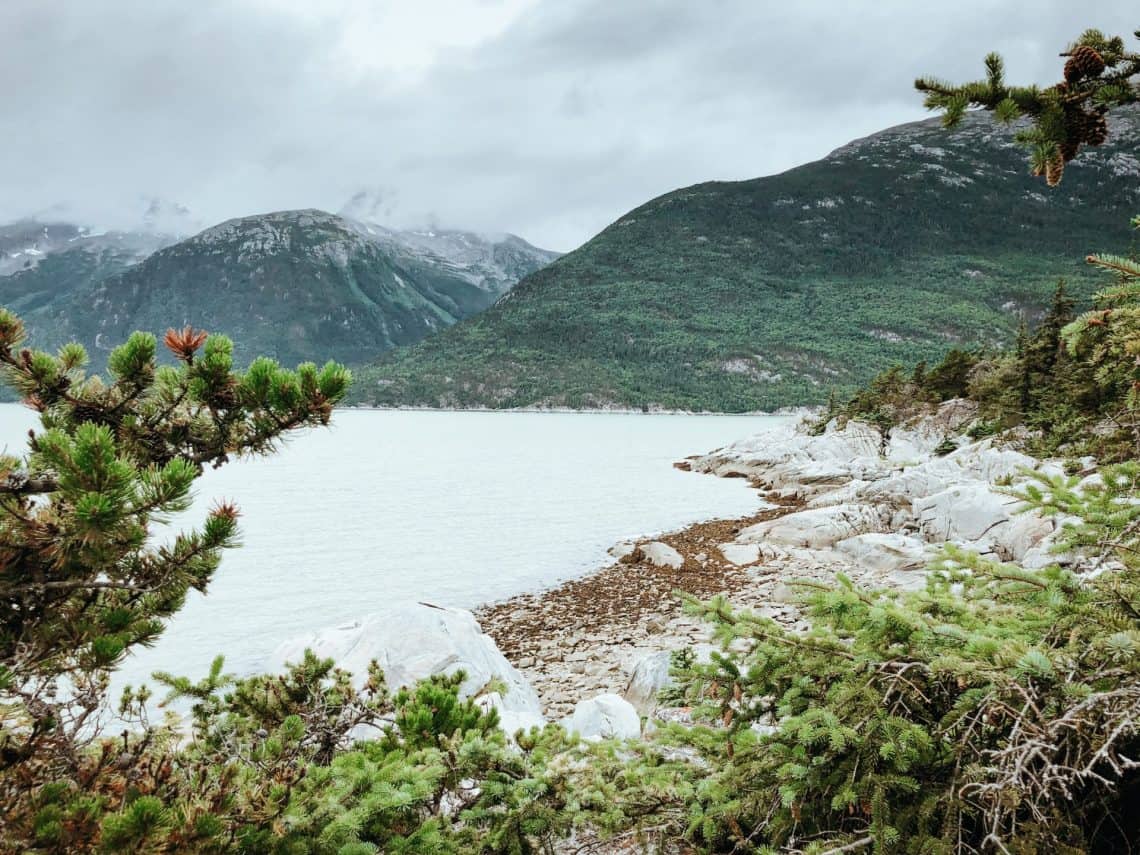
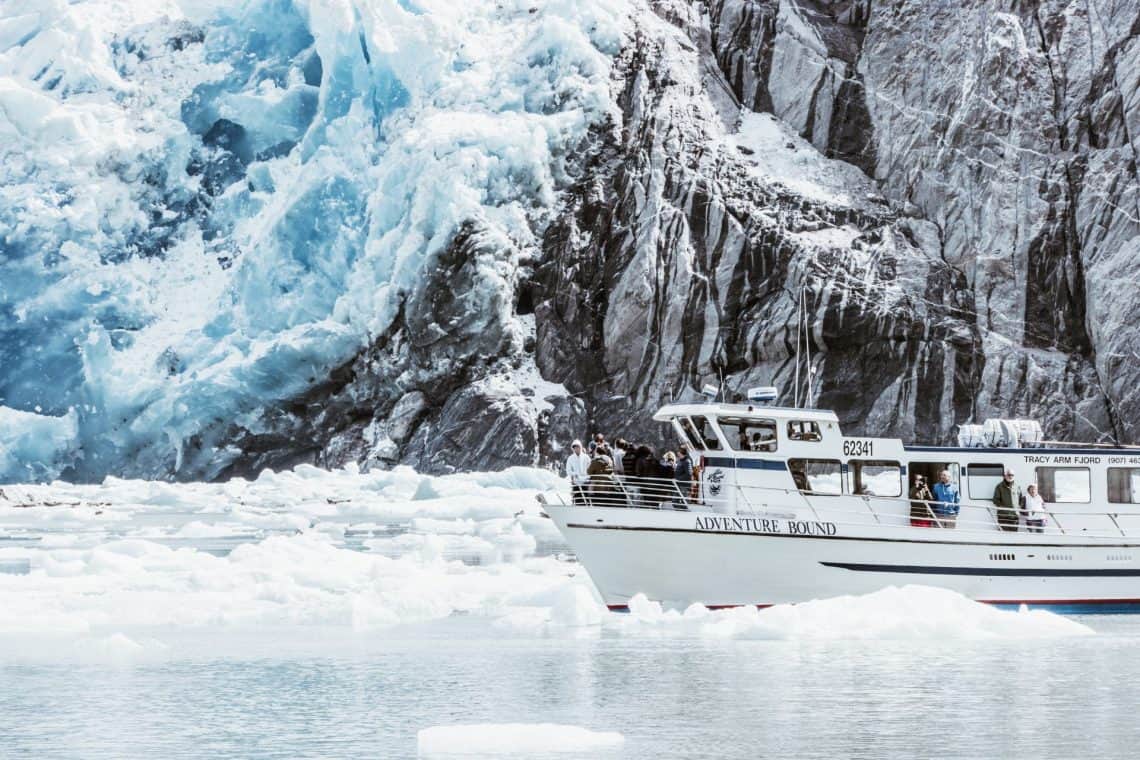
Thanks for the great review of important items to take on an Alaskan trip. I want to buy a new camera/lenses as my old SLR does not have the ability to use wifi and upload photos without a card. I find the card a pain in the a** and sometimes forget to transfer the photos. Would love your advice on the best camera/lenses to purchase for an Alaskan trip that will be all terrain with landscape, water and wildlife opportunities. I would consider myself an avid amateur photographer.